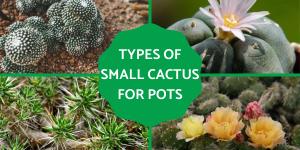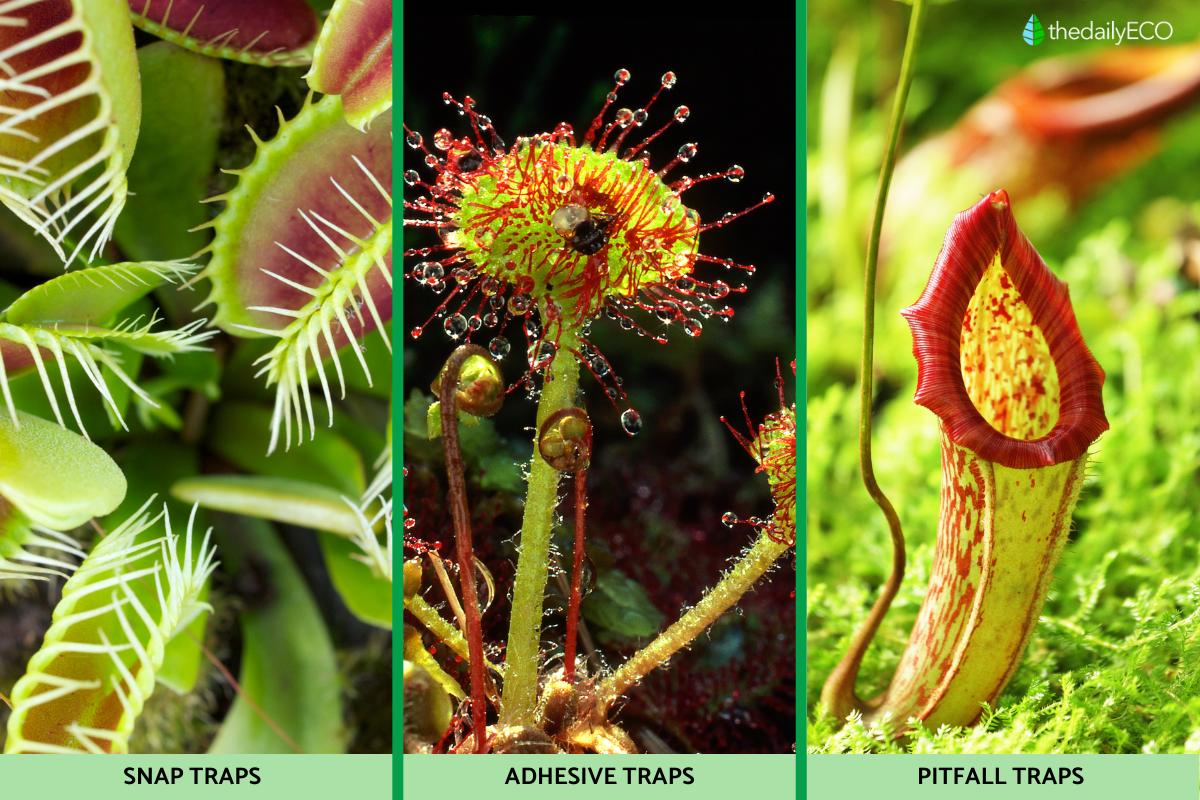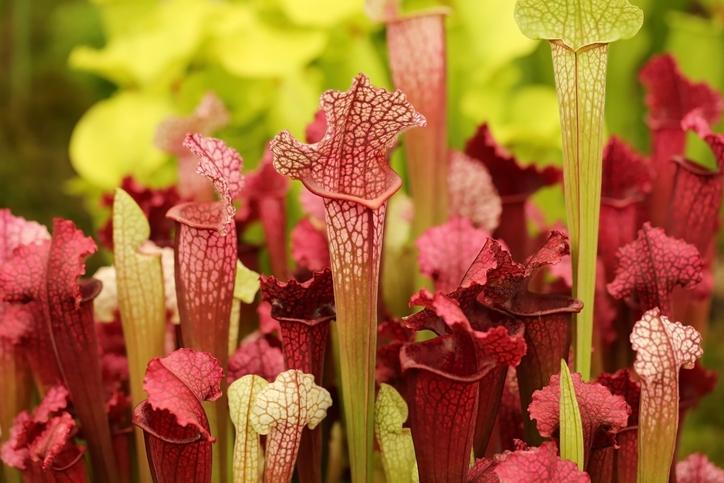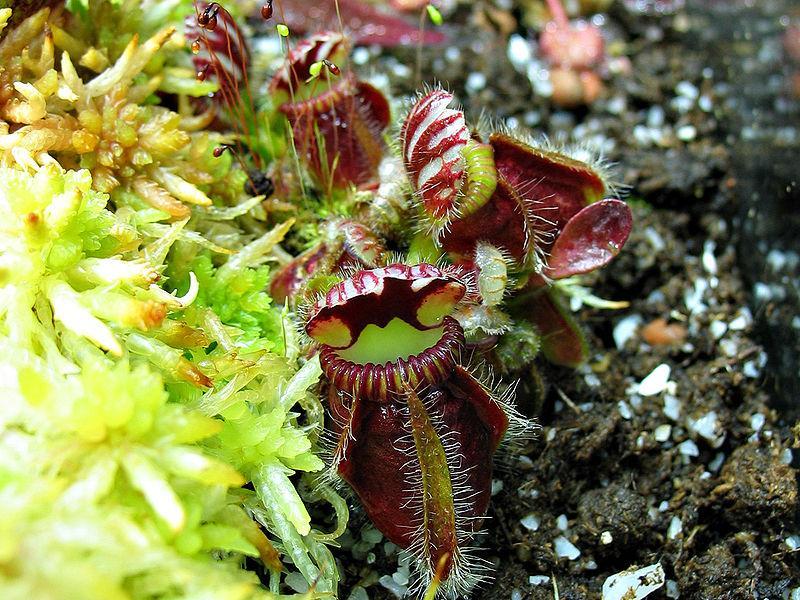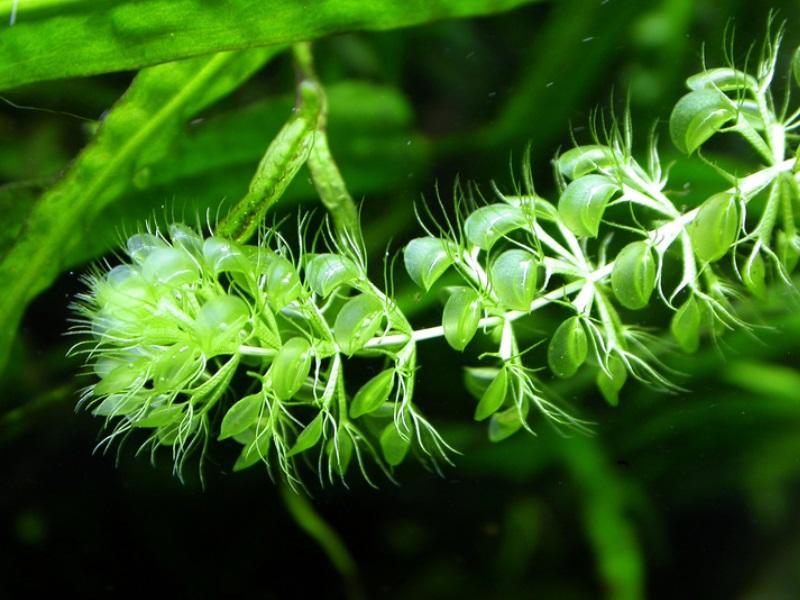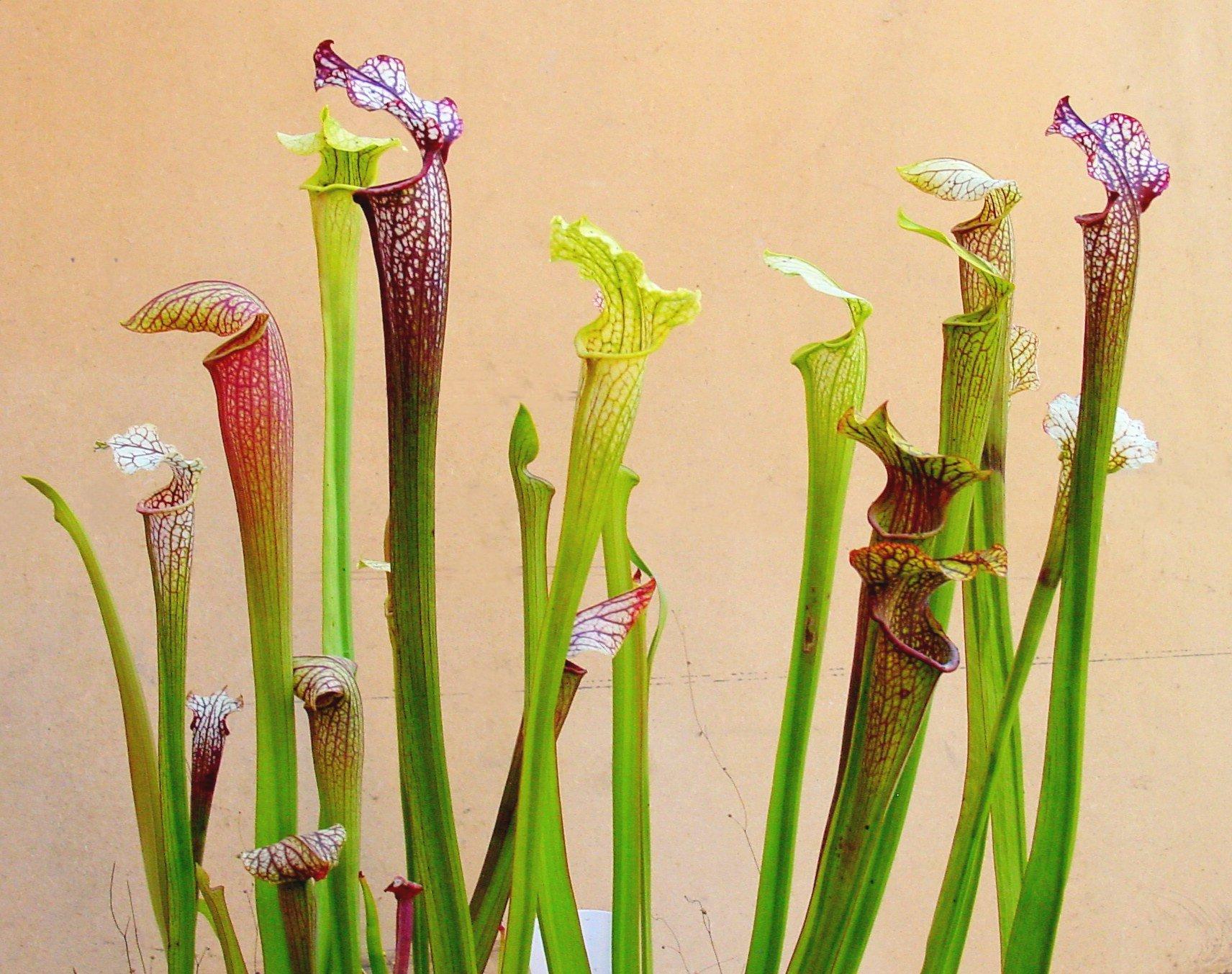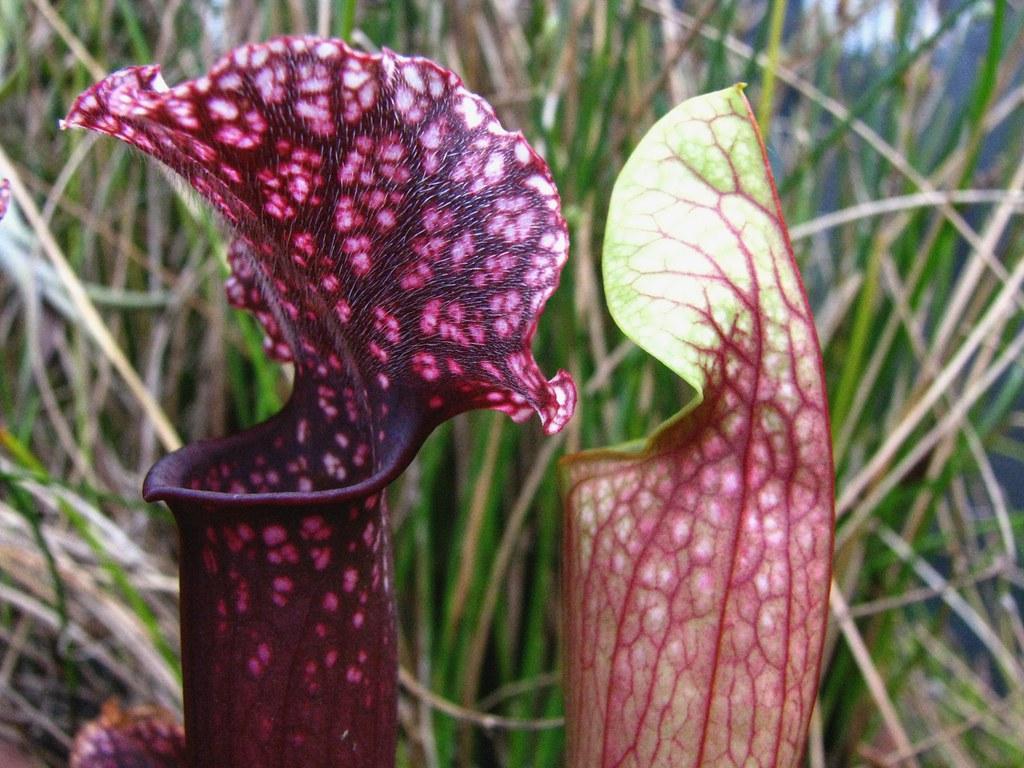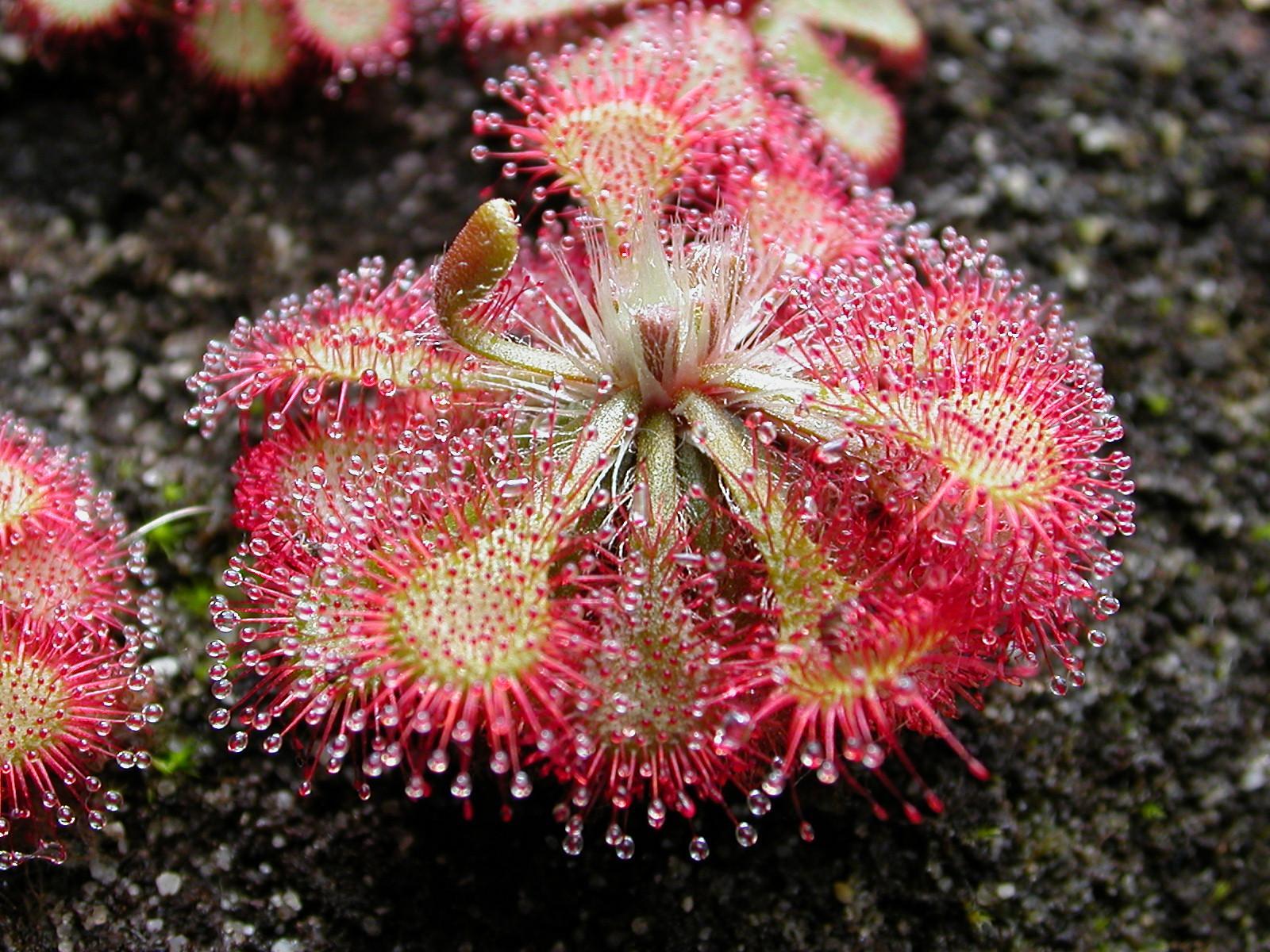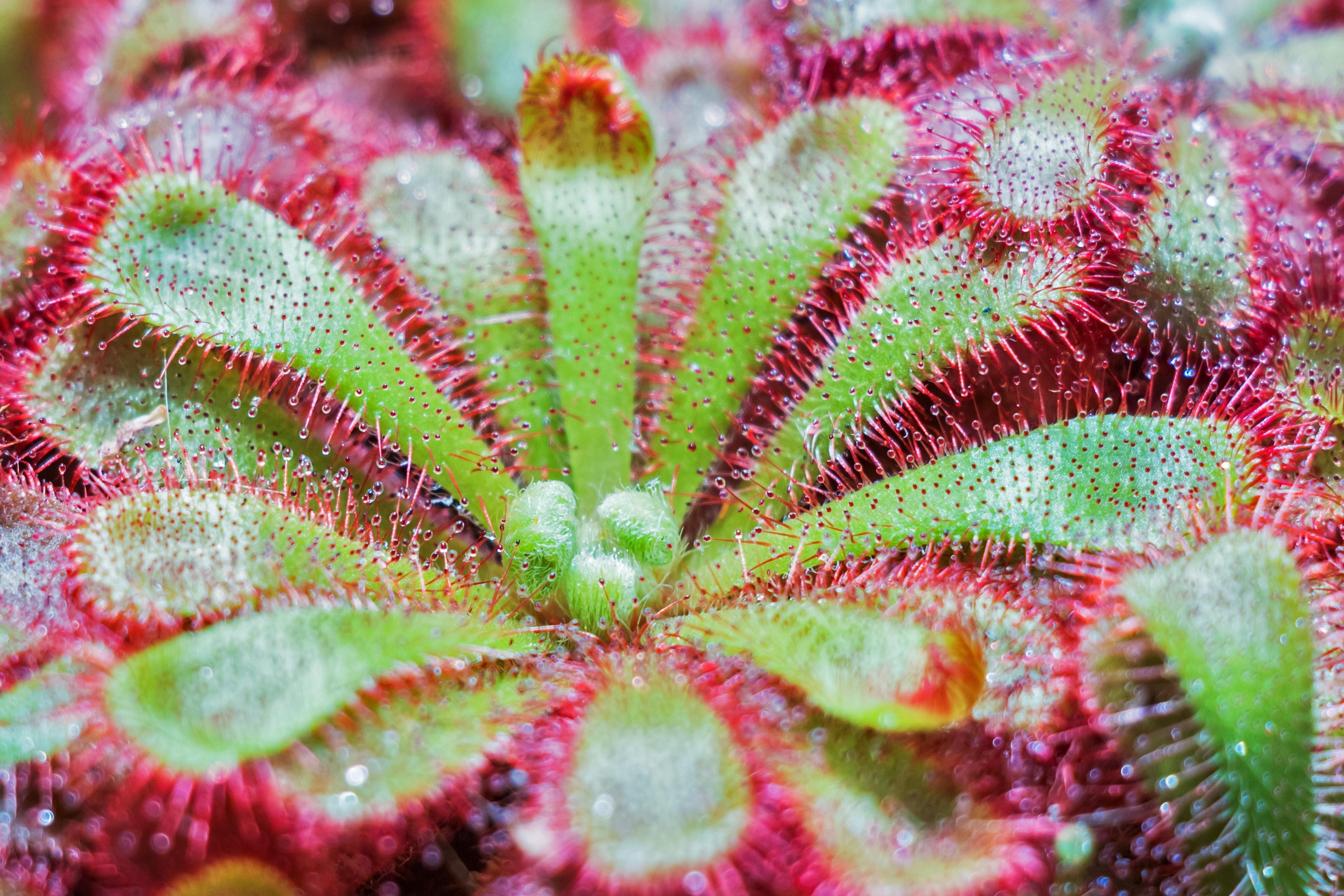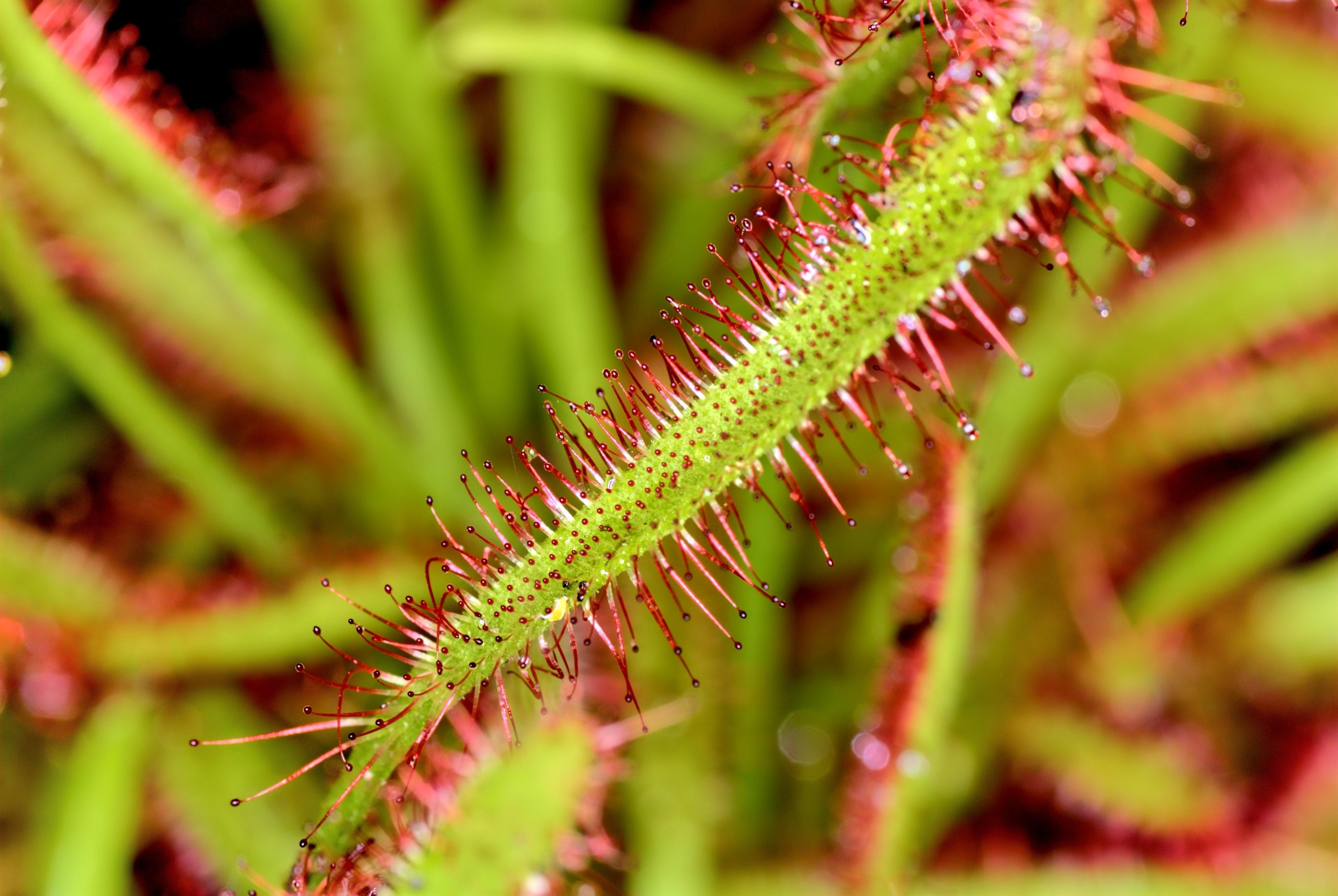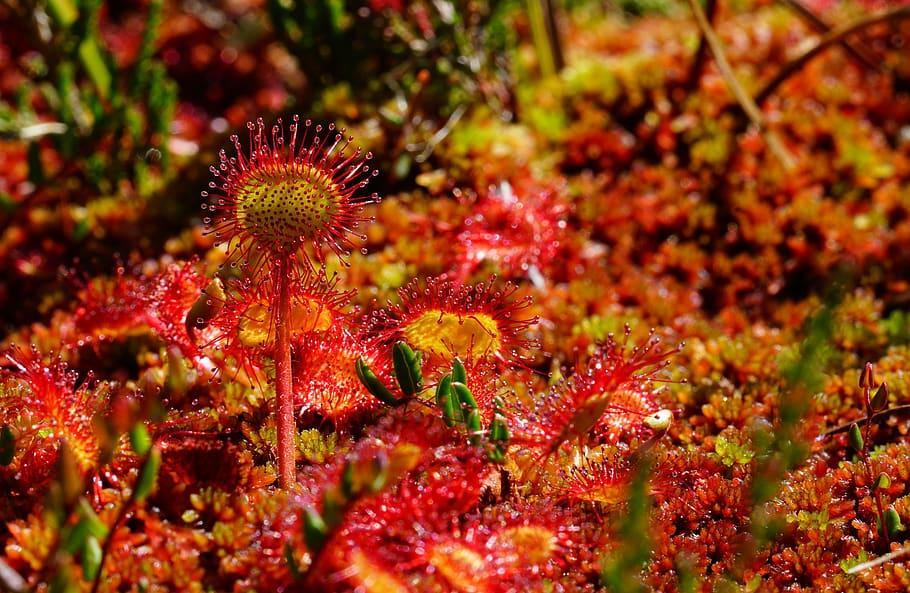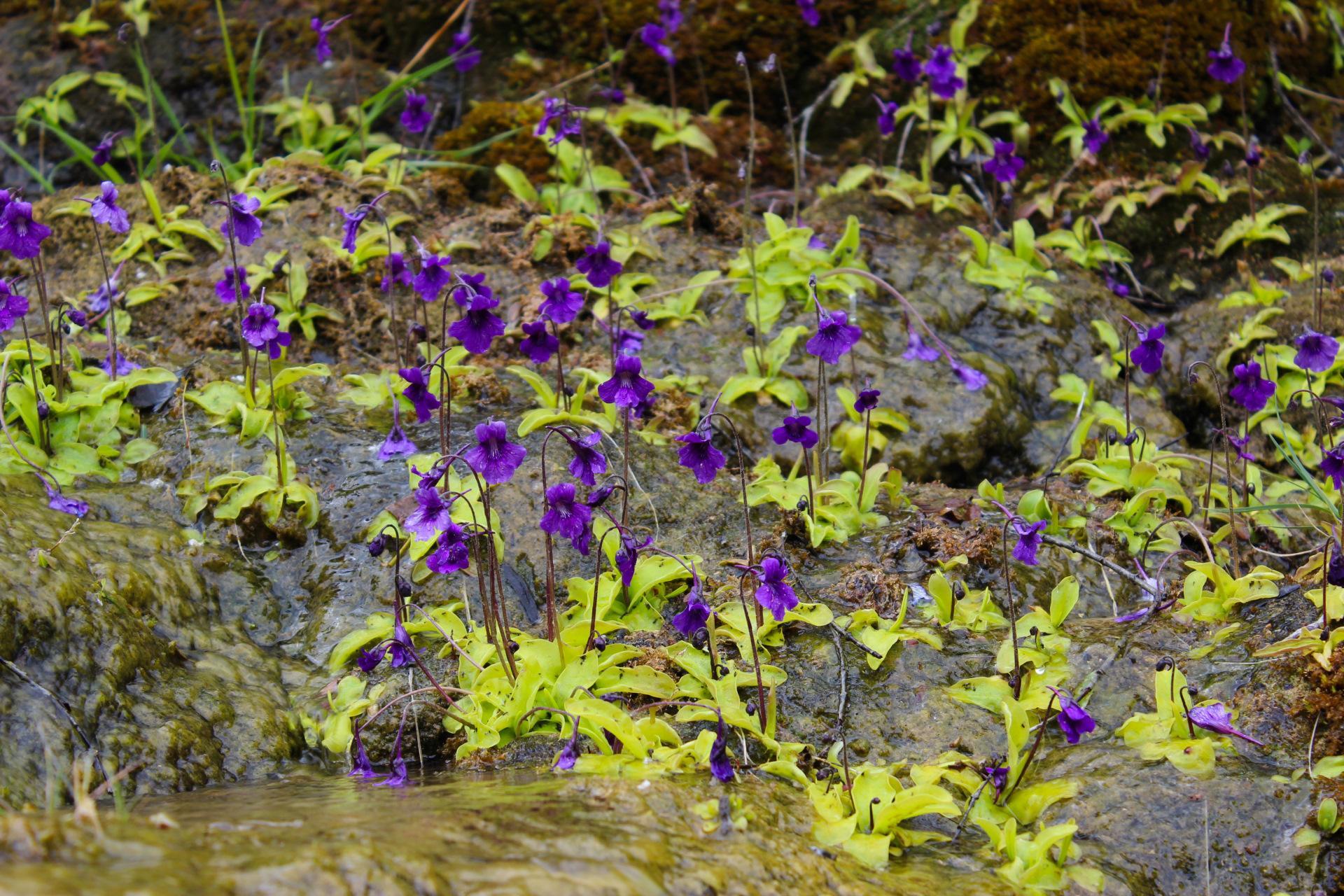Types of Carnivorous Plants


The different types of carnivorous plants in the world are often endemic to subtropical regions, although they are found in more temperate regions and even in cold boreal climates. Although they have such a wide population distribution, they are relatively rare in the plant kingdom. Despite this rarity, they are increasing in popularity among home gardeners. Cultivating these plants does require very specific conditions. For those willing to put in the effort, they can be a very beautiful addition to a garden or even indoor space.
At thedailyECO, we share 20 types of carnivorous plants so you can have an idea of what they are like. We provide facts about the different carnivorous plant species, as well as photos to show how beautiful they can be.
- Types of carnivorous plants
- Trumpet pitchers (Sarracenia spp.)
- Sundews (Drosera spp.)
- Tropical pitcher plants (Nepenthes spp.)
- Albany pitcher plant (Cephalotus follicularis)
- Waterwheel plant (Aldrovanda vesiculosa)
- Venus flytrap (Dionaea muscipula)
- California pitcher plant (Darlingtonia californica)
- Portuguese sundew (Drosophyllum lusitanicum)
- Large-flowered butterwort (Pinguicula grandiflora)
- Caring for carnivorous plants
- More photos of carnivorous plants
Types of carnivorous plants
Carnivorous plants are known for being able to consume small animal species, most often in the form of types of arthropods such as insects. It is important to know they are not exclusively carnivorous. They are considered to be mixotrophic, meaning they derive nutrients from other sources. Their carnivorous feeding is often considered supplemental since it provides nutrients which may be lacking in their environment. The rest of their food is derived from soil nutrients and the process of photosynthesis.
One of the main categorizations of carnivorous plants is the type of trap they use to catch their prey. The three main types of carnivorous plant trap are the following:
- Snap traps: carnivorous plants that use the folding of leaves to catch insects.
- Adhesive traps: carnivorous plants that use the sticky hairs to ensnare prey.
- Pitfall traps: carnivorous plants that have jug-shaped leaves with liquid into which their prey can fall.
With these three main types of carnivorous plants, we discover some specific species which fall into these categories:

Trumpet pitchers (Sarracenia spp.)
Commonly known as trumpet pitchers, sarracenias are carnivorous plants native to North America. They have specialized leaves with a characteristic tube shape. Nectar is generated at the end of this tube which is used to attract insects. Upon entering the tubular-shaped plant, insects and other arthropods fall into the liquid which they contain.
The liquid contained within plants of the Sarracenia genus is a special digestive fluid. When the prey fall into it, they start to be digested by the plant. The walls of these tubular leaves are also vertical, so the insect is unable to climb out. They are trapped and their fate is sealed. Some individual trumpet pitcher species include:
- Purple pitcher plant (Sarracenia purpurea)
- Crimson pitcherplant (Sarracenia leucophylla)
- Yellow pitcherplant (Sarracenia flava)

Sundews (Drosera spp.)
Another genus of carnivorous plants are those which are found in Drosera. Also known as sundews, these are some of the most common types of carnivorous plants in the world. There are almost 200 known species, they are native to every continent except Antarctica.
Sundews have a very particular way of catching prey. They generate a few drops of a sticky liquid rich in sugars that make them stick to the insects that come to feed on them. At that moment, the plant reacts by closing on the trapped insects. This kills them either by suffocation or exhaustion. The insects are then digested thanks to the production of enzymes in the plant. The photo below shows a fly caught on a sundew.
Among the species of carnivorous plant from the genus Drosera are the following:
- Cape sundew (Drosera capensis)
- Round-leaved sundew (Drosera rotundifolia)
- Spoon-leaved sundew (Drosera spatulata)
- Fork-leaved sundew (Drosera binata)
- Alice sundew (Drosera aliciae)

Tropical pitcher plants (Nepenthes spp.)
The types of carnivorous plants in the genus Nepenthes are also known as tropical pitcher plants or monkey cups. This is because they are native to tropical regions. They are very striking for their beautiful pitcher traps, filled with a syrupy liquid that attracts insects. Their other common name comes from the fact that monkeys have sometimes been seen drinking rainwater from their traps.
Especially in the wild, some grow so much that they are known as giant carnivorous plants, although there are also other species of large size that are rarer. As seen in the photo, the jug-like leaves are often found high up, meaning they capture arboreal insects.
Some species are:
- Ventricose pitcher plant (Nepenthes ventricosa)
- Fanged pitcher plant (Nepenthes bicalcarata)
- Rajah pitcher plant (Nepenthes rajah)
- Winged pitcher plant (Nepenthes alata)
- Ventrata pitcher plant (Nepenthes ventrata)
- Attenborough's pitcher plant (Nepenthes attenboroughii)
The last type of tropical pitcher plant is named after the famed British naturalist Sir David Attenborough.

Albany pitcher plant (Cephalotus follicularis)
This small carnivorous plant has its origin in Australia and feeds through cups or jugs formed by its leaves. As with the other types of pitcher plants, the insects fall in and drown. It is the only species among the different carnivorous plants in which the leaves and traps are completely differentiated.

Waterwheel plant (Aldrovanda vesiculosa)
Although most of the different types of carnivorous plant are terrestrial, the waterwheel plant is a type of aquatic carnivorous plant. They can be found growing on top of still waters. As seen in the photo, their small traps are located at the end of each leaf, which when touched close and trap small prey to feed on. This is a fascinating plant which is one of the few known plant species capable of rapid movement. Unfortunately, they are considred threatened in the wild.
Learn more about how plants move with our related article.
Source: BugWoodCloud

Venus flytrap (Dionaea muscipula)
The most famous type of carnivorous plant is the Venus flytrap. They are one of the most represented in media and are known for their peculiar leaves which act like jaws to catch their prey. When a small insect or similar animal lands on the leaf, the flytrap shuts tight and begins their digestive process. Although smaller Venus flytraps are known for killing insects, some small amphibians and even mammals have been caught in large plants.
You can learn more about this process with our video on carnivorous plants below:

California pitcher plant (Darlingtonia californica)
The California pitcher plant is also known as the cobra lily. It receives its popular name from its snake-like appearance. The leaves stand up have an appendage than sticks out like a tongue, similar to that of a cobra. Its tubular leaves form jars that point outward and act as traps, since insects are trapped inside and are digested in a short time.

Portuguese sundew (Drosophyllum lusitanicum)
Also known as the dewy pine, the Portuguese sundew is the only member of its genus. It is from drier climates than most types of carnivorous plants and has a reputation for being difficult to grow. Its sticky leaves are covered in mucilage and when insects stick to them they end up being digested.

Large-flowered butterwort (Pinguicula grandiflora)
This insectivorous herb lives in temperate climates and stands out above all for its large violet flower, as seen in the photo below. This is much larger than is present in most types of carnivorous plant. It doesn't really have a trap, but its sticky leaves sometimes trap small insects on which it feeds.
Discover more of the purple flowering plants for your home or garden in our related guide.

Caring for carnivorous plants
Most carnivorous plants require a lot of care to be able to keep them healthy in our home or in the garden. The following are some key points of caring for carnivorous plants:
- Many of them are tropical plants and require their substrate to be permanently moist. Their leaves must also be sprayed with water almost daily .
- There are also many types of carnivorous plant that require substrates with a high percentage of moss, precisely due to those humid and tropical environments from which they come. This is a point that should not be overlooked. It is very likely that your carnivorous plant will end up having problems if you do not give it a substrate with moss.
- Carnivorous plants do not tolerate direct sunlight well, especially during the most intense hours of the day. In fact, some of them can acquire an intense red color on their leaves or traps when exposed to direct light, although this should never be done during the hours of strongest light.
Discover more of the best partial-shade plants with our related guide.
More photos of carnivorous plants













If you want to read similar articles to Types of Carnivorous Plants, we recommend you visit our Indoor plants category.


